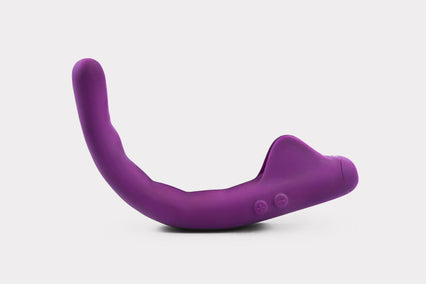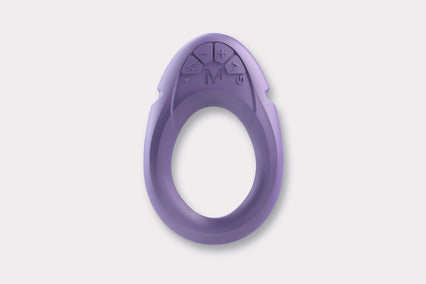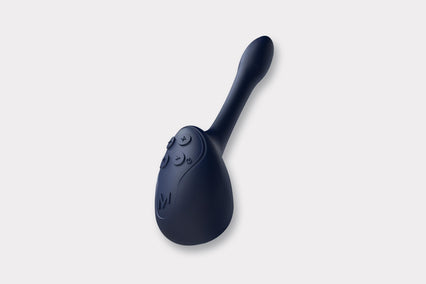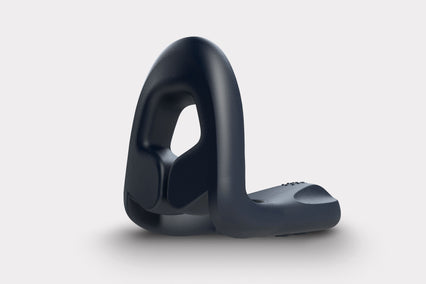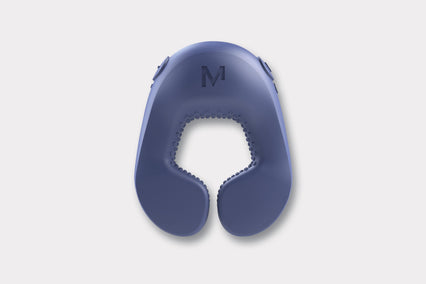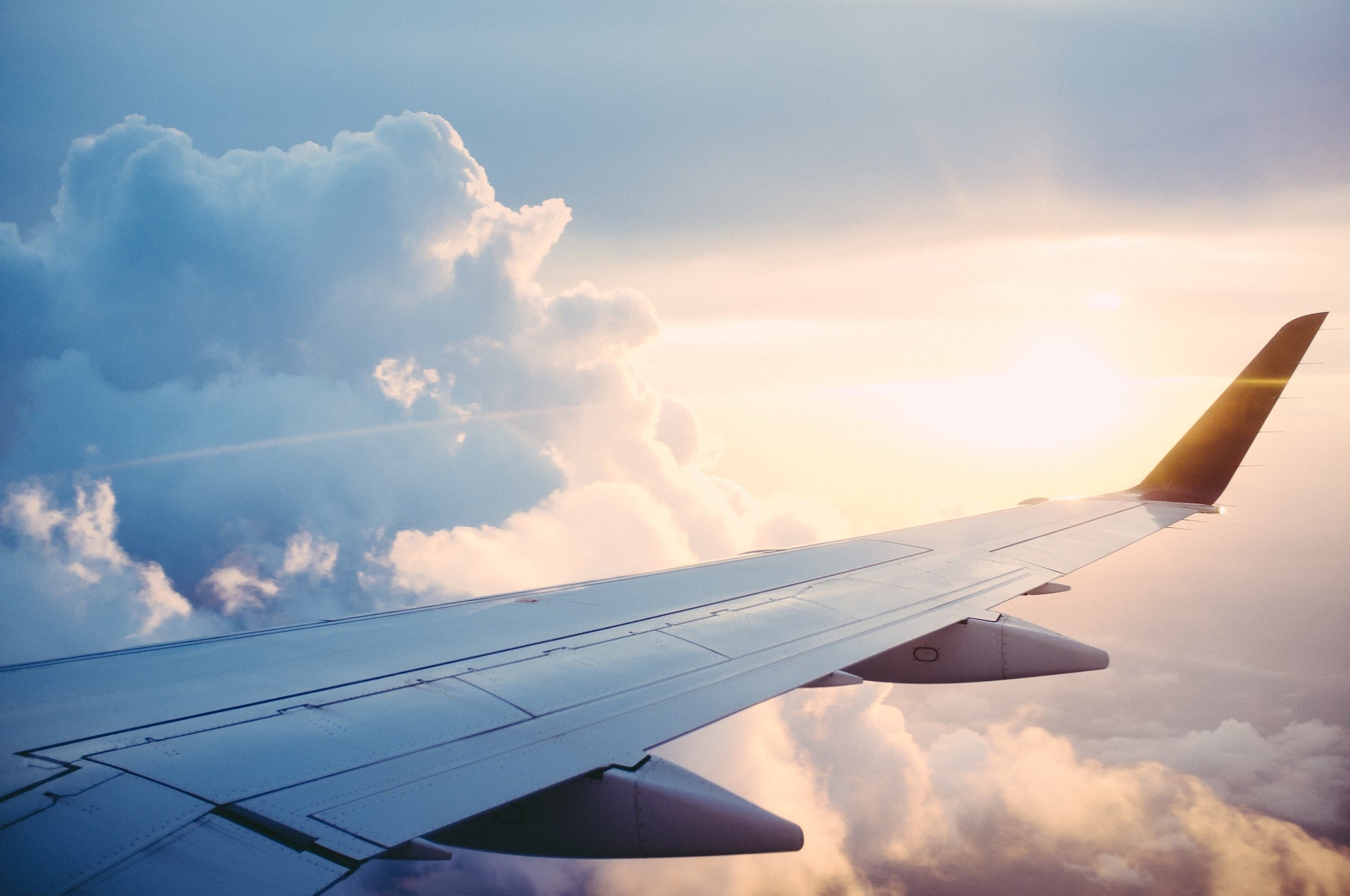The allure of the Mile High Club has long piqued the curiosity of adventurous couples around the globe. The tantalizing prospect of soaring into passion while cruising at 30,000 feet and above offers a thrilling novelty that promises to create unforgettable memories. But as tempting as it may be to join this exclusive club, the reality of engaging inmid-flight sex can be more challenging than anticipated.
Fear not, intrepid explorers! We will share valuable tips and tricks to help you navigate the complexities of in-flight intimacy, ensuring both discretion and mutual enjoyment while creating a captivating experience you'll cherish.
How to plan for your airborne adventure
The key to a successful and enjoyable Mile High Club experience lies in careful planning and preparation. By approaching the endeavor with a sense of organization and forethought, you and your partner can help ensure a better outcome for your romantic rendezvous.
1. Choose the right flight
Timing is everything when it comes to joining the Mile High Club. Opt for a longer flight, as it provides more opportunities to find a private moment. Overnight or red-eye flights can also be advantageous, as most passengers will be asleep, granting you increased chances for privacy.
2. Dress for easy access
Opt for easy-to-remove clothing that will allow for a quick wardrobe change as needed. Avoid restrictive or complex outfits, and instead, choose clothing items that provide effortless access and easy readjustment.
3. Scout out the lavatory locations
Take the time to familiarize yourself with the aircraft's layout and lavatory locations. Identify the restrooms that seem to offer the most privacy, and be mindful of flight attendants' movements to avoid unwanted interruptions.
4. Consider other alternatives
While bathrooms are a popular choice for Mile High Club encounters, other options like first-class seating areas or empty rows near the back of the plane can occasionally present more desirable opportunities. Remember to prioritize discretion and always be mindful of fellow passengers' needs and comfort.
How to maintain privacy and respect
Maintaining privacy and respecting fellow passengers is a crucial aspect of a successful Mile High Club encounter. Adhere to the following tips to ensure your adventure does not negatively impact your fellow travelers' experience.
1. Be discreet
Avoid drawing attention to yourselves by keeping noise levels to a minimum and being aware of your surroundings. Steer clear of overt displays as they can be distracting or uncomfortable for others.
2. Keep it clean
Remember the importance of cleanliness and hygiene during your intimate encounter. Bring along sanitizing wipes or hand sanitizer to efficiently clean up after yourselves and maintain a presentable environment for other passengers.
Ways to enhance your airborne pleasure
Finally, embrace the creativity of the Mile High Club experience by exploring ways to heighten your pleasure and connection during your romantic escapade.
1. Experiment with whispering sweet nothings
Quietly exchanging loving words with your partner adds an element of excitement and intimacy to the experience. Use this opportunity to strengthen your connection as you savor the thrill of your airborne adventure.
2. Relish the power of touch
Heightened touch can significantly enhance your pleasure while joining the Mile High Club. Focus on gentle caresses, light strokes, and tender touches to create a sensual experience that transcends the restrictions of your environment.
Takeaway
Joining the Mile High Club is an exhilarating and daring adventure for couples seeking to add an extra layer of excitement to their relationship. By following our expert tips and tricks, you and your partner can confidently and discreetly engage in this titillating escapade, ultimately creating an unforgettable memory to cherish. The key to a successful Mile High Club experience lies in careful planning, adopting practices that respect the privacy and comfort of fellow passengers, and embracing the thrill of creativity and novelty within the constraints of the in-flight environment.

